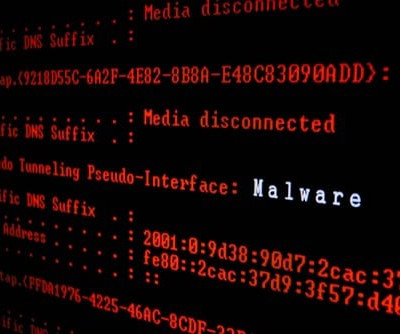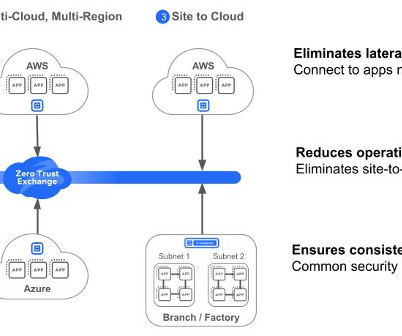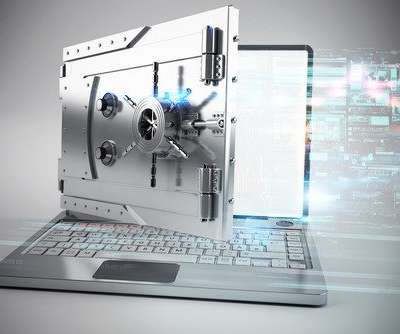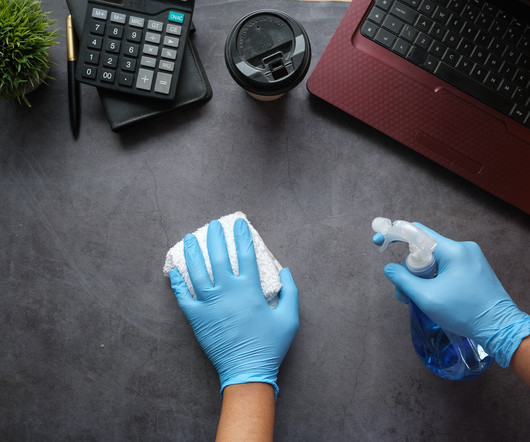Information Stealing Malware on the Rise, Uptycs Study Shows
SecureWorld News
JULY 27, 2023
This demonstrates a focus on collecting data from multi-factor authentication tools. An infostealer can automate many steps in the reconnaissance phase of an attack, allowing less-technical threat actors to spend a small amount of money to get deeper access inside a network or organization.

















Let's personalize your content